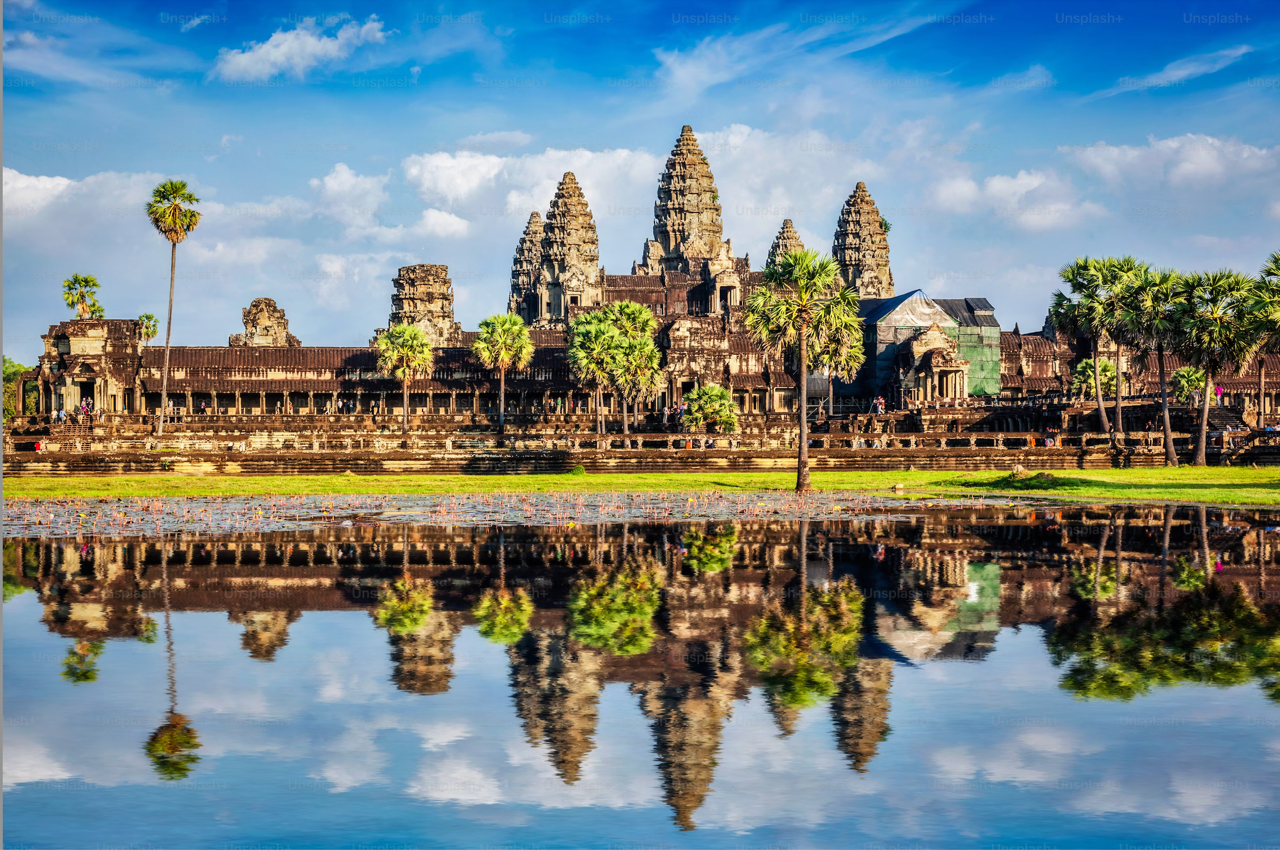

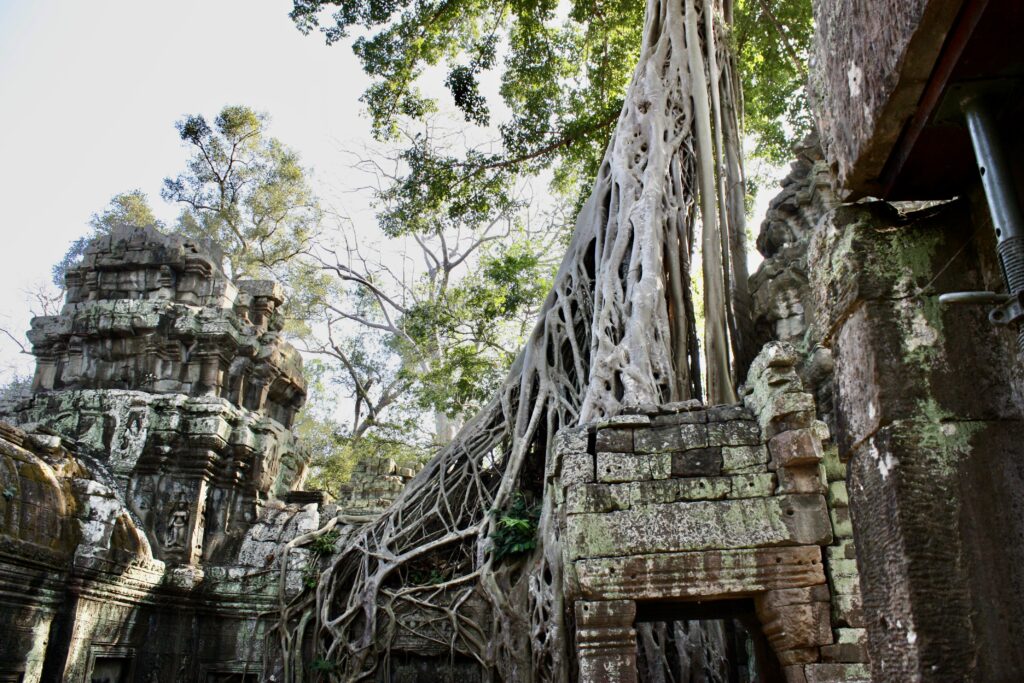
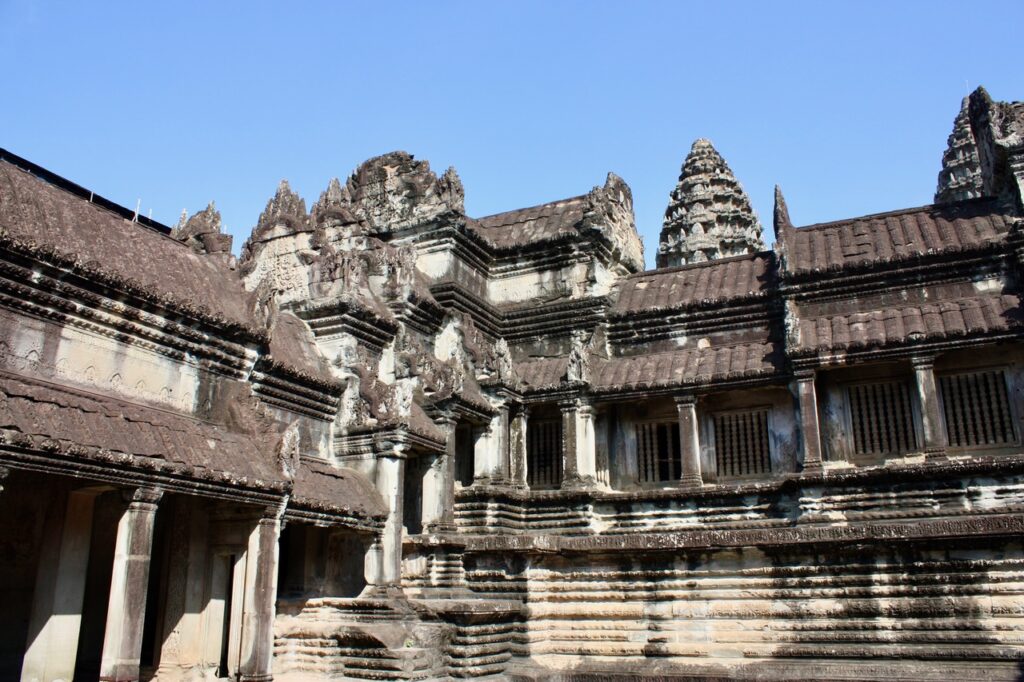
Beneath the relentless Cambodian sun, a silhouette rises from the emerald embrace of the jungle – five lotus-bud towers piercing the sky. This is Angkor Wat, the world’s largest religious monument, a breathtaking testament to human ambition, divine aspiration, and the enduring power of stone. More than just ruins, it’s a palimpsest etched with the history of the mighty Khmer Empire and a masterpiece of architectural genius that continues to awe and mystify centuries after its creation.
From Empire’s Heart to Eternal Symbol:
Angkor Wat’s story begins in the early 12th century (circa 1113-1150 AD), during the zenith of the Khmer Empire under King Suryavarman II. Unlike predecessors who dedicated temples primarily to Shiva, Suryavarman II conceived Angkor Wat as a colossal state temple dedicated to Vishnu, the Hindu preserver god. Its very name, translating to “City Temple” or “Capital Temple,” signifies its intended role as the spiritual and potentially administrative nucleus of the empire.
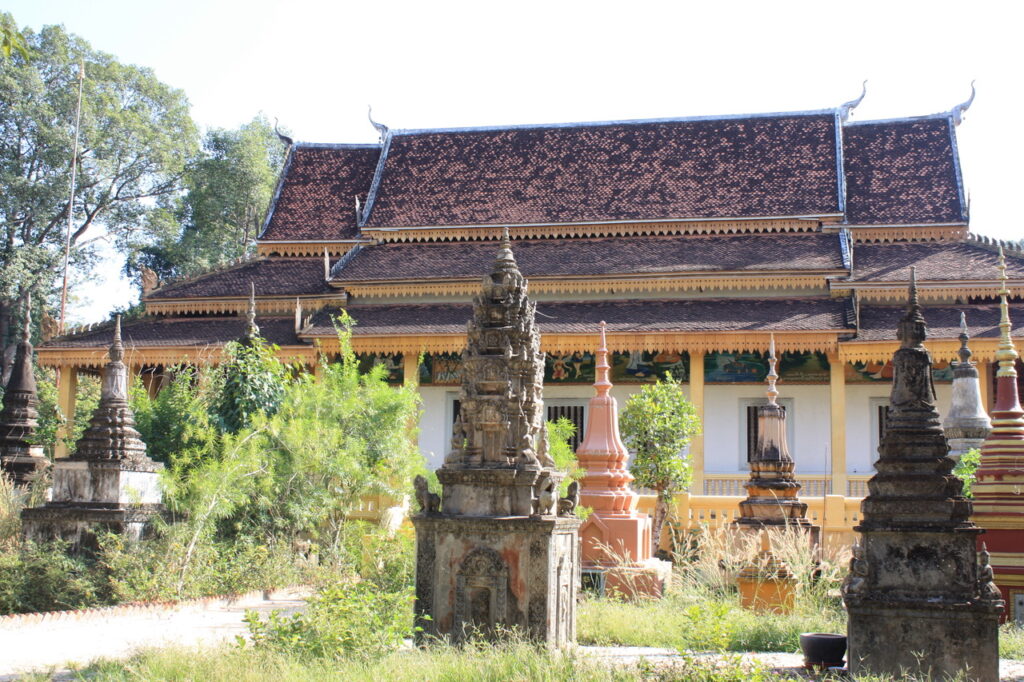
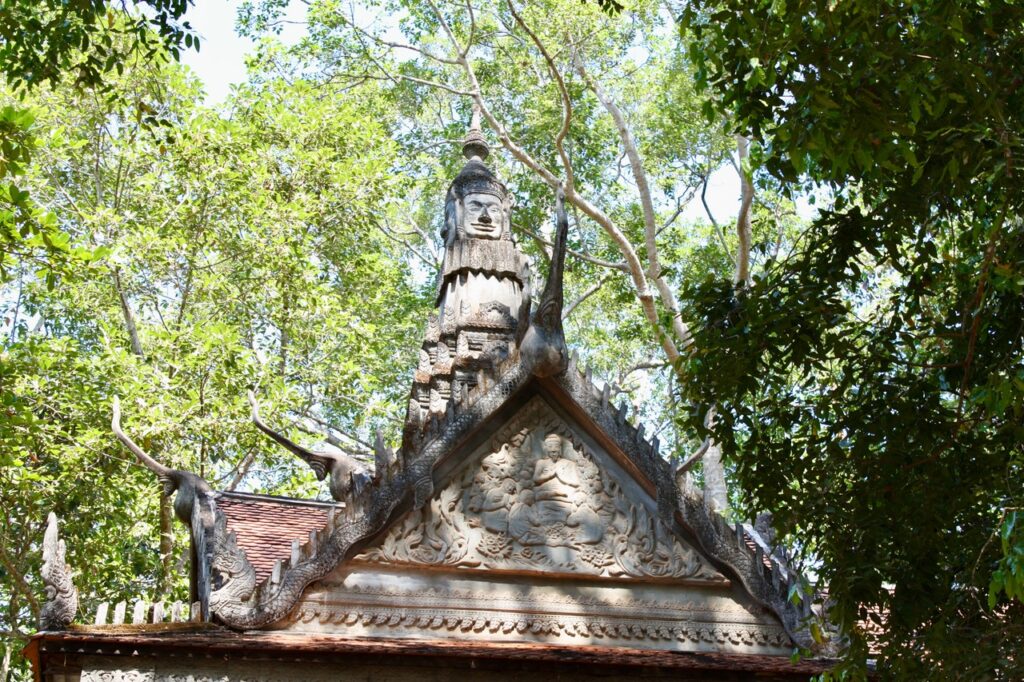
This was no mere place of worship; it was a microcosm of the Hindu universe. The sprawling complex, enclosed by a vast moat representing the cosmic ocean, was designed as a physical manifestation of Mount Meru, the mythical abode of the gods. Its construction demanded staggering resources – an estimated 5-10 million tons of sandstone quarried from the holy mountain of Phnom Kulen, transported over 50 kilometers, and meticulously shaped by legions of artisans and laborers. The scale speaks to the empire’s immense power, organization, and unwavering devotion.
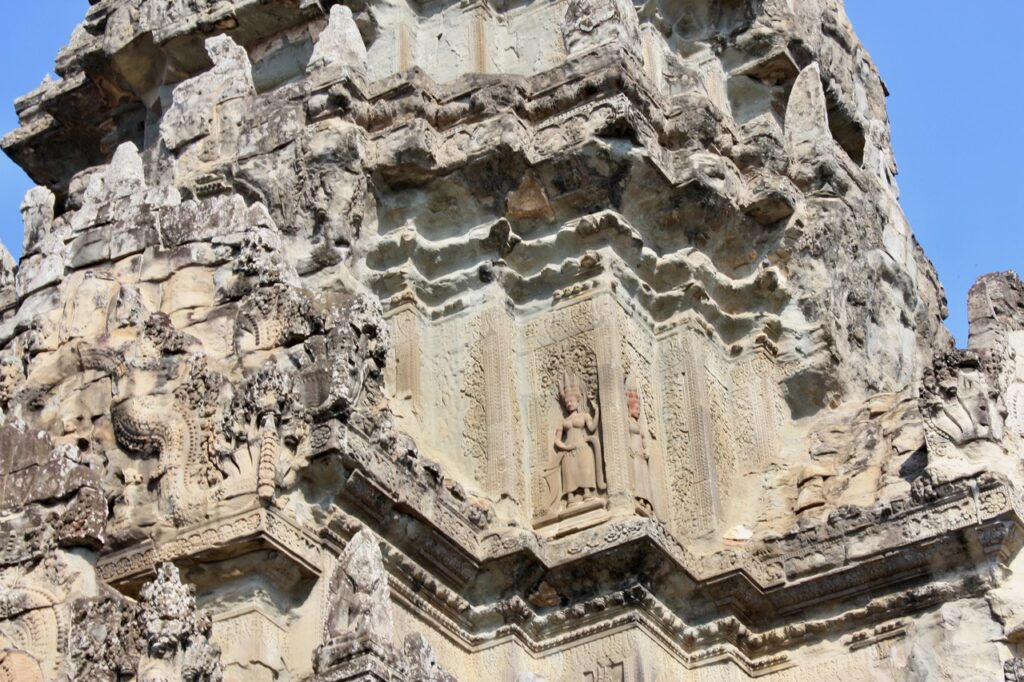
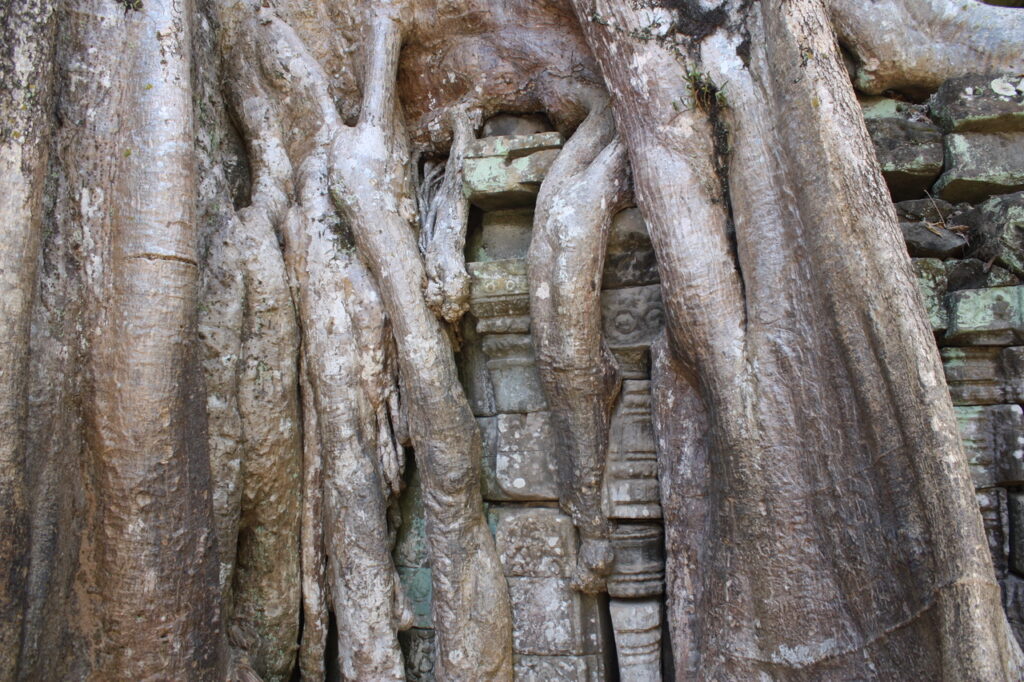
Architecture as Theology: Decoding the Stone Mandala:
Approaching Angkor Wat, the first overwhelming sensation is its sheer size. The outer moat alone stretches 1.5 kilometers wide and 1.3 kilometers long. Crossing the causeway over this vast expanse, one enters a world defined by precise geometry and profound symbolism.
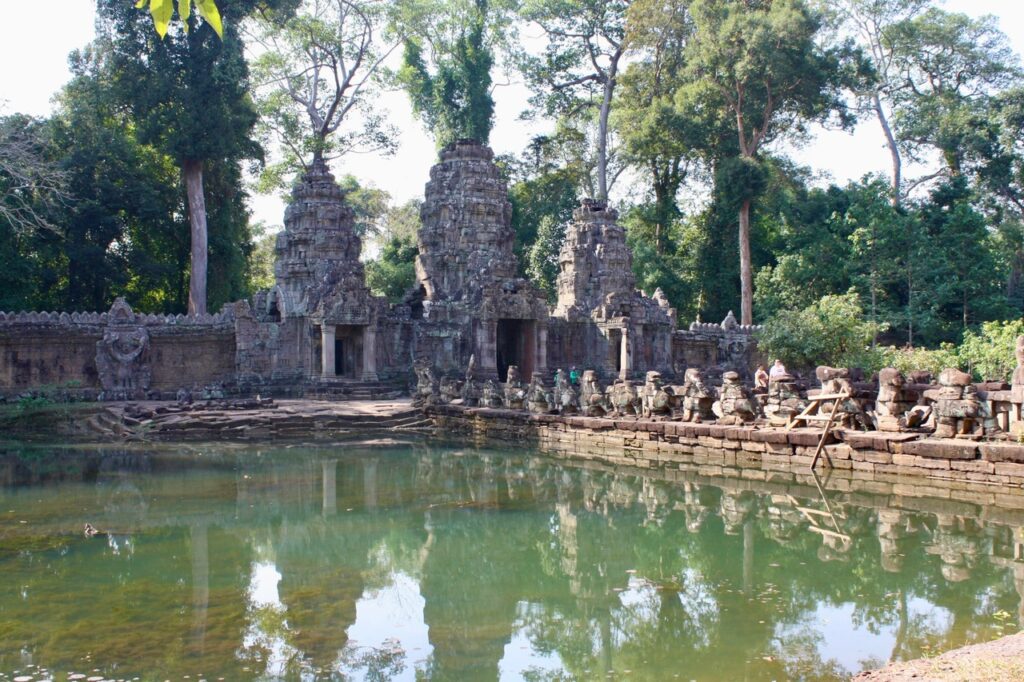
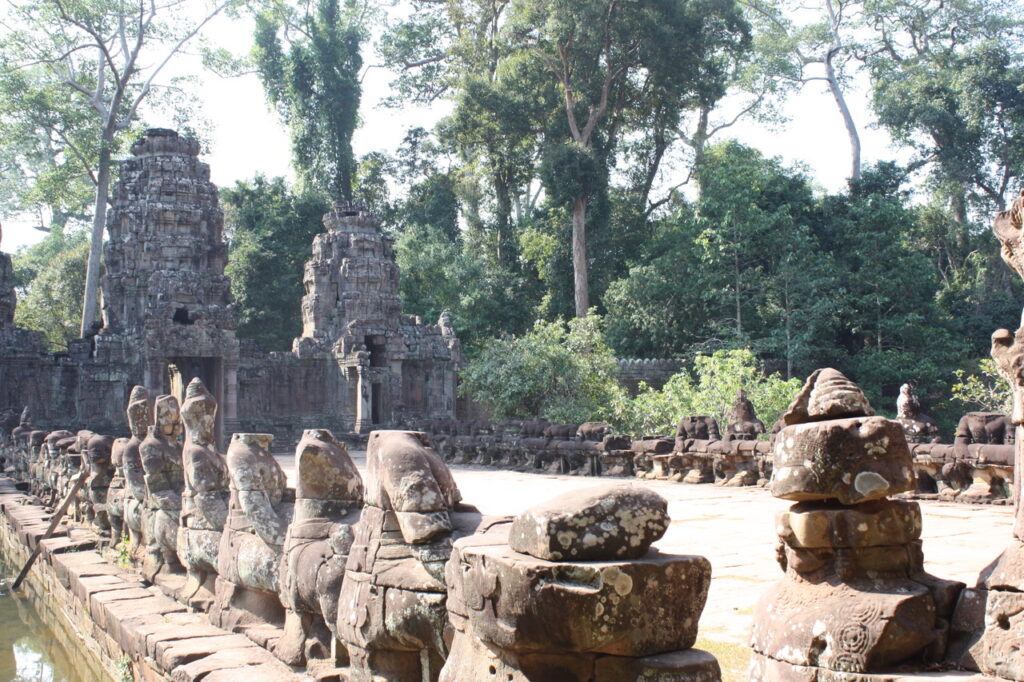
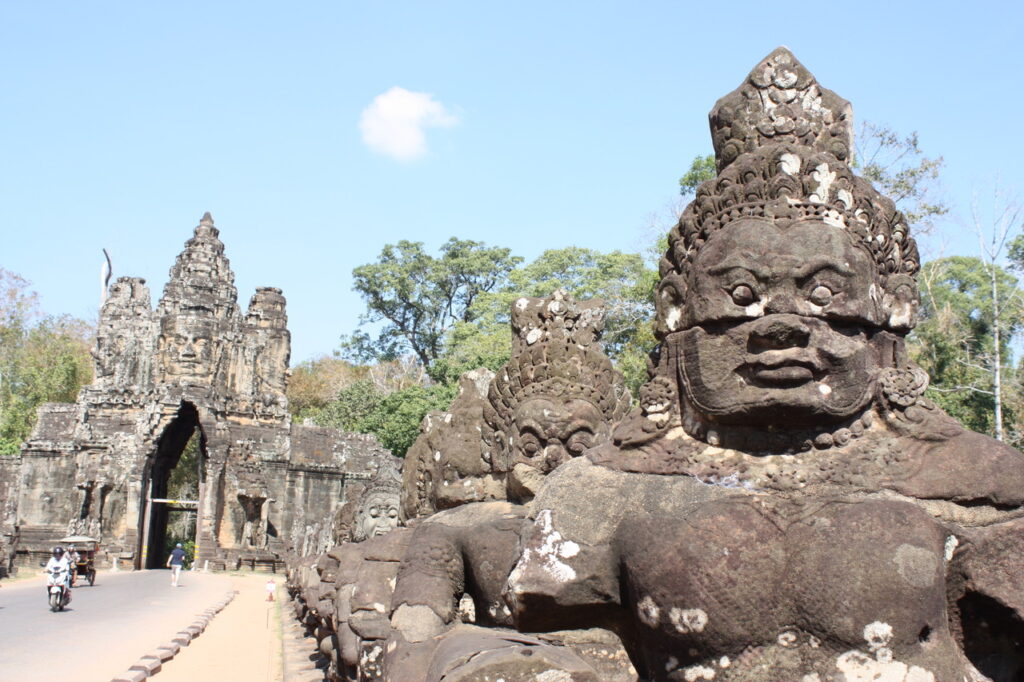
A Sacred Evolution: From Vishnu to Buddha:
Angkor Wat’s history didn’t end with the Khmer Empire’s gradual decline from the 13th century onwards. While the administrative capital shifted, Angkor Wat remained a significant religious center. Crucially, it underwent a profound transformation. By the end of the 12th century, Theravada Buddhism began supplanting Hinduism as the dominant religion in Cambodia.
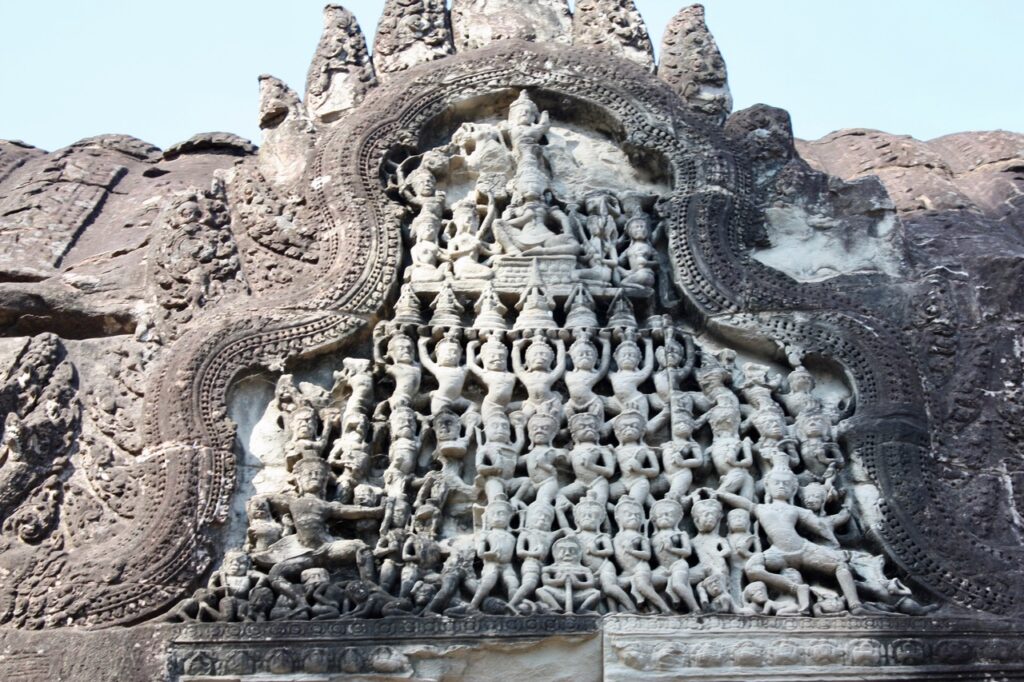
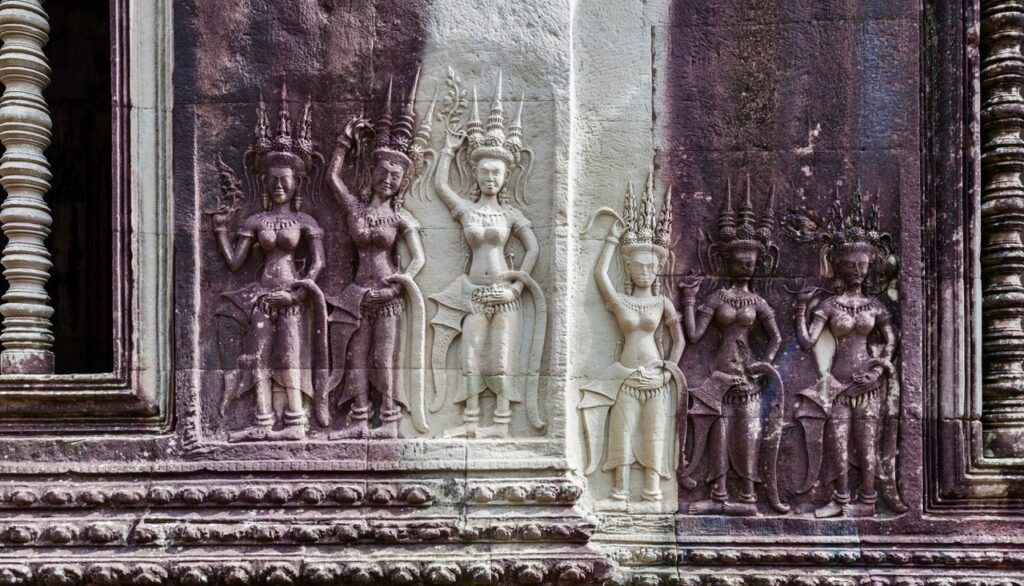
Remarkably, rather than being abandoned or destroyed, Angkor Wat was adapted. Hindu iconography was subtly modified or supplemented with Buddhist imagery. Statues of Vishnu were replaced or reinterpreted as representations of the Buddha. The central sanctuary became a Buddhist shrine. This seamless transition speaks volumes about the fluidity of religious practice in the region and the deep reverence held for the site itself. It transformed from the “Vishnuloka” (abode of Vishnu) into “Preah Pisnulok,” a name still used locally, meaning “Sacred Vishnu Location,” now imbued with Buddhist significance. Buddhist monks have continuously maintained the temple for centuries, ensuring its spiritual life never ceased.
Echoes Through Time: Rediscovery and Legacy:
Swallowed by the encroaching jungle after the empire’s fall, Angkor Wat was never truly “lost” to local people, but it faded from wider global awareness. Western “rediscovery” in the 19th century, notably popularized by French explorer Henri Mouhot, ignited worldwide fascination. Subsequent decades saw extensive (and sometimes problematic) restoration efforts by French archaeologists, followed by devastating interruptions during Cambodia’s tragic civil war.
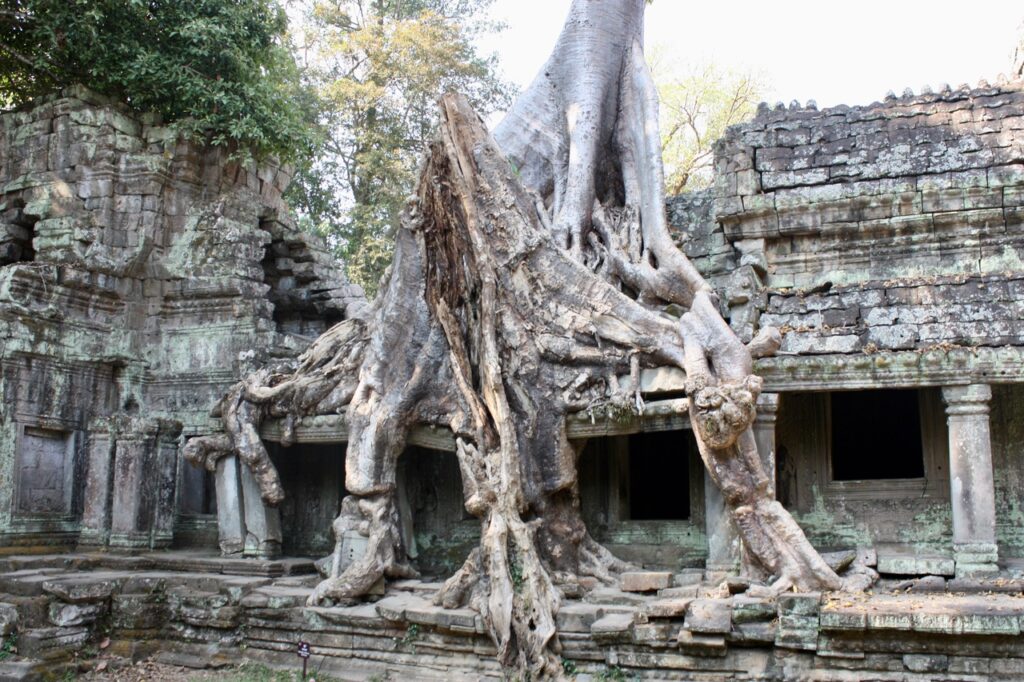
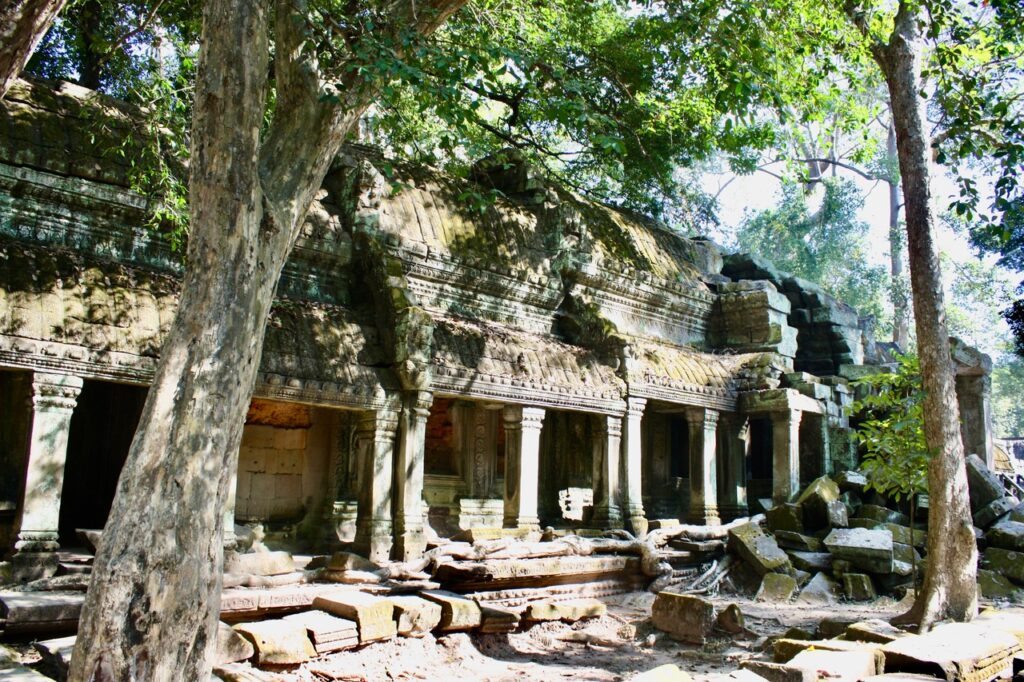
Today, Angkor Wat is the soul of Cambodia. It adorns the national flag and is a profound source of identity and pride. Designated a UNESCO World Heritage Site in 1992, it draws over two million visitors annually. Its preservation is a constant challenge, battling environmental pressures, the sheer weight of tourism, and the delicate balance between access and conservation. Organizations like the APSARA Authority work tirelessly to protect this irreplaceable treasure.
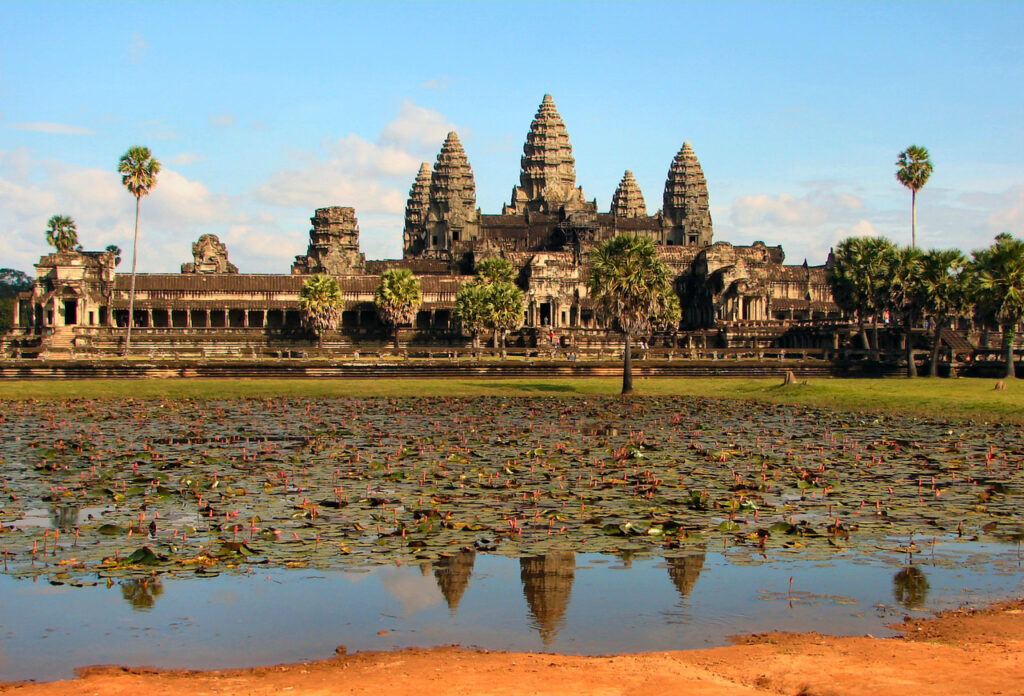
Standing Before the Divine:
To walk through Angkor Wat is to traverse centuries. You feel dwarfed by its scale, humbled by the artistry of its carvings, and moved by the palpable sense of devotion that still lingers in its corridors. The morning sun gilding the towers, the intricate stories whispered on the gallery walls, the serene faces of Buddhist statues now inhabiting ancient Hindu spaces – all coalesce into an experience that transcends mere tourism.